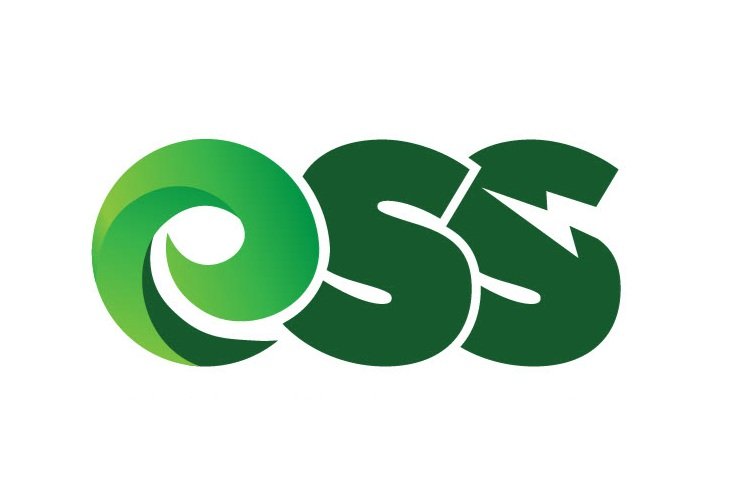Understanding Solar Power Without Battery Storage
Introduction
Solar power is revolutionizing the way we think about energy. But what happens when the sun sets? Is battery storage a must-have, or can you still reap the benefits without it? This article dives deep into the world of solar power without battery storage, exploring the financial and environmental implications of each option.
🎥 Watch Now: The Pros and Cons of Solar Power Without Battery Storage
The Cost Factor: Is Battery Storage Worth It?
When it comes to cost, solar panels alone are generally cheaper upfront. However, adding a battery can offer long-term savings by allowing you to store excess energy. Check out the graph above to see how the costs stack up over a decade. It's crucial to consider not just the initial investment but also the potential for future savings. With energy prices on the rise, a battery could be a wise financial move.
Performance Metrics: Solar Panels vs. Solar + Battery
Efficiency, sustainability, and flexibility are key factors in choosing an energy solution. Our spider plot reveals that while solar panels are efficient and sustainable, adding a battery increases flexibility and overall performance. Batteries can also act as a backup during power outages, providing an extra layer of security for your home.
The Bigger Picture: Energy Source Contribution to U.S. Grid
Solar power is making strides, but it's not the only player in the game. The pie chart above shows how solar compares to other energy sources on the U.S. grid. As we transition to cleaner energy solutions, it's important to understand the role each source plays in our overall energy landscape.
The Environmental Impact
Solar power, with or without battery storage, significantly reduces your carbon footprint. However, batteries can take this a step further by ensuring that the clean energy you generate doesn't go to waste. This is especially crucial during peak solar production hours when your panels might produce more energy than your home can use.
Conclusion
Solar power without battery storage has its pros and cons. You'll save money upfront and still contribute to a greener planet. However, a battery can maximize your investment and offer more flexibility. It can also act as a safety net during power outages, making it a multifaceted addition to your energy setup.
So, what's the verdict? The choice is yours, but either way, the future is looking bright. ☀️
Frequently Asked Questions (FAQ)
-
Yes, you can use solar panels without battery storage. The energy generated will directly power your home or feed back into the grid, but you won't be able to store energy for later use.
-
Yes, a 12V DC water pump can work when directly connected to solar panels, but its performance will vary based on sunlight availability. It won't operate during the night or low-light conditions without a battery.
-
A solar alternative to battery storage is a grid-tied system. In this setup, excess energy is sent back to the grid, and you can draw power from the grid when your panels aren't generating enough energy.
-
Technically, you can use a solar charge controller without a battery, but it's not recommended. The controller's primary function is to regulate voltage and current coming from the solar panels to the battery. Without a battery, you risk damaging your equipment.




